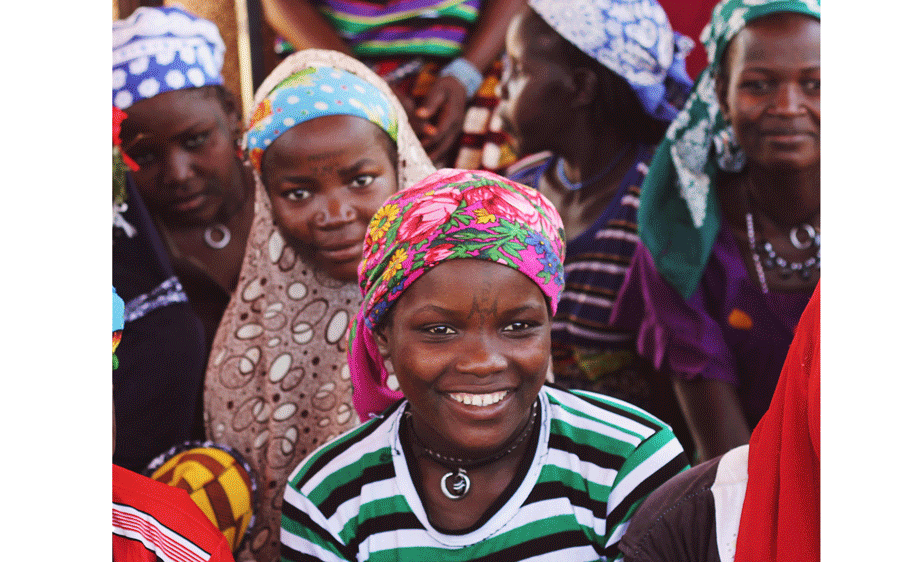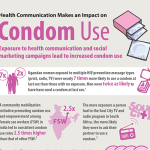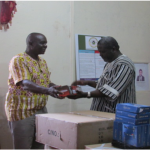Family Planning for Youth: Addressing Barriers to Put LARCs Within Reach
 Provider bias. Client marital and parity status. Mistrust between client and health care provider. Lack of supportive reproductive health policies. Myths, misinformation and lack of provider confidence around family planning (FP) methods.
Provider bias. Client marital and parity status. Mistrust between client and health care provider. Lack of supportive reproductive health policies. Myths, misinformation and lack of provider confidence around family planning (FP) methods.
These factors too often disrupt effective family planning service delivery in countries and clinics around the world. However, when a client is young (under age 24), unmarried and/or nulliparous, and the method being discussed is a long acting reversible contraceptive (LARC), like an intrauterine device (IUD) or hormonal implant, these barriers heighten and, in many cases, become insurmountable.
Young (ages 10-24) populations continue to grow rapidly, particularly in low- and middle-income nations. Developmentally, men and women in this age group begin experimenting with sex, relationships and independence in this stage of their life. Often, these forays and sexual debuts yield unintended, dangerous results. Adolescents (ages 10-19) have higher unplanned pregnancy rates than their older counterparts. Two-thirds of unsafe abortions occur in women ages 15 to 30 years old. According to the World Health Organization, young adolescents face an elevated risk of pregnancy-related complications or death than older women. These truths highlight the pressing need to improve the sexual and reproductive health of young people. LARC methods offer the most effective protection against pregnancy of all temporary methods, yet they are rarely sought after by young people and perhaps even more rarely recommended to young people by providers.
In 2014, HC3 scanned the literature to answer the question, “just what are the barriers preventing LARC uptake among youth?” While literature dedicated to the topic is sparse, in January 2015, HC3 completed a brief of the findings. Using what we learned from these and a multi-day virtual exchange on Springboard, HC3 has been working on developing a suite of materials to address these barriers and improve the thinking around LARC appropriateness for youth (ages 15-24). In March, HC3 completed field tests in Malawi of a provider video, a client take-home brochure and a youth-focused poster. In the coming months, the project will revise and retest the materials in Nigeria before finalizing and expanding upon these foundational resources later this year.
Stay tuned and check back with HC3 moving forward for updates on our work on this important topic.








Leave a Reply
Want to join the discussion?Feel free to contribute!